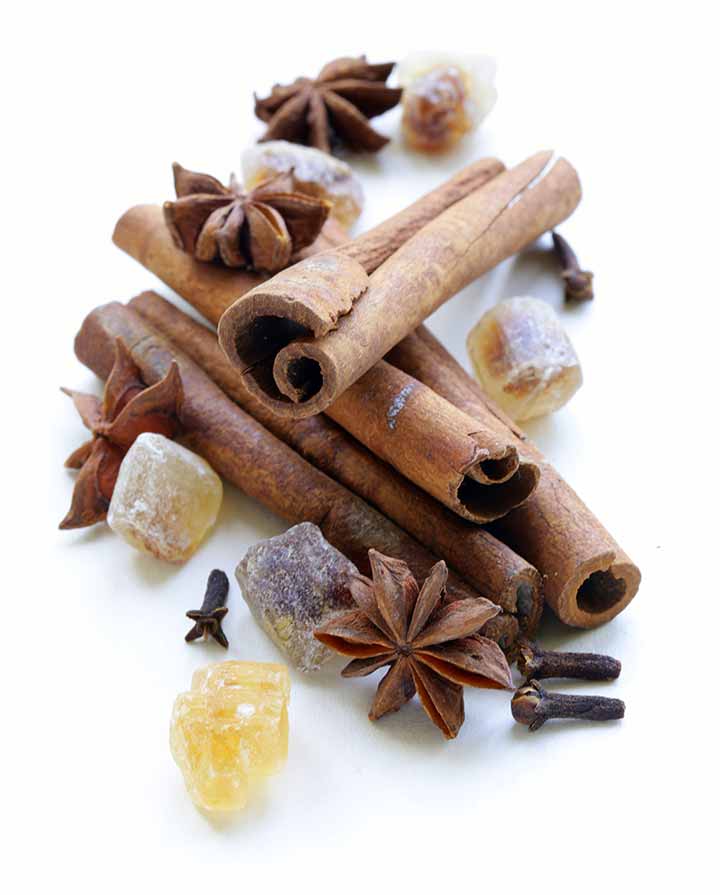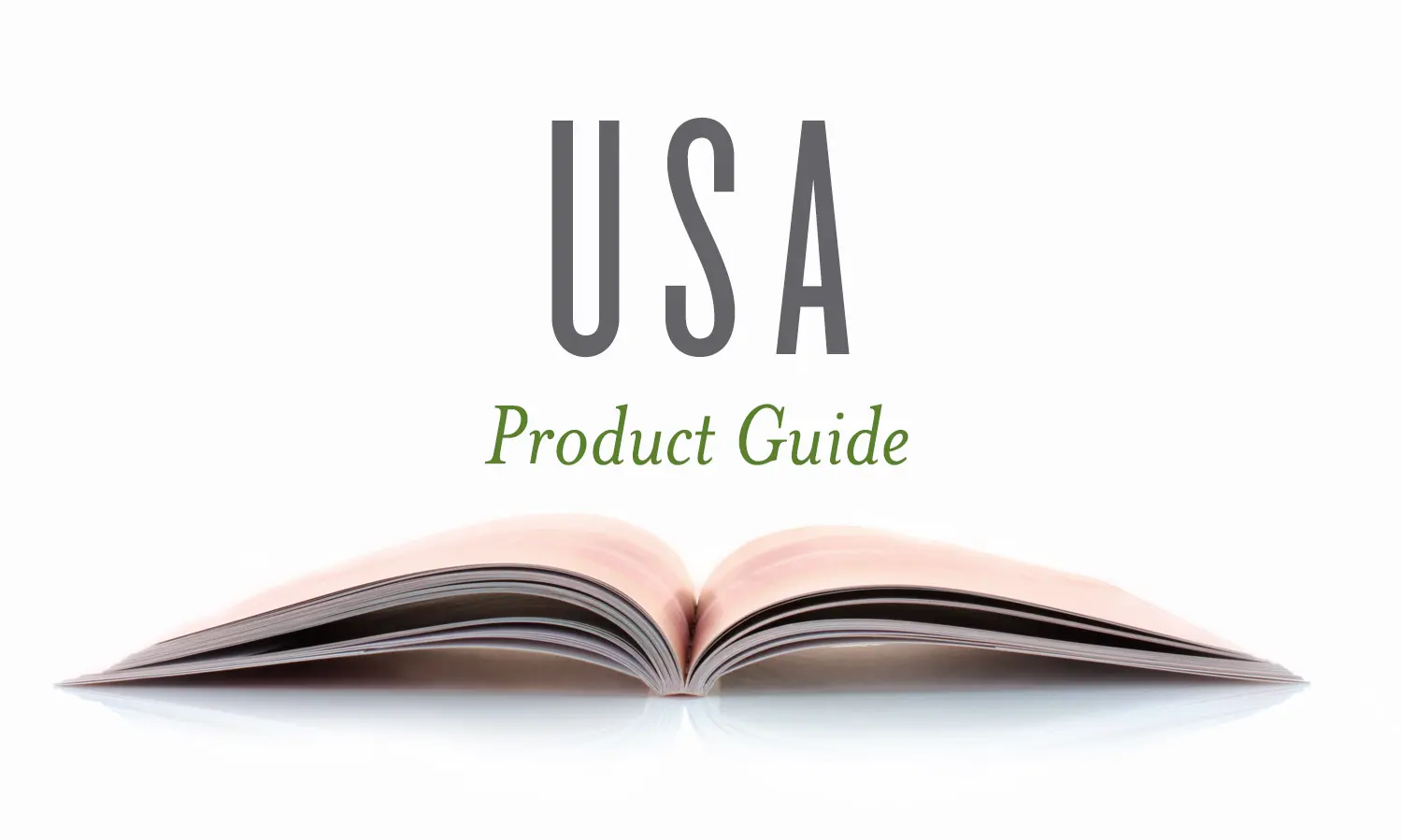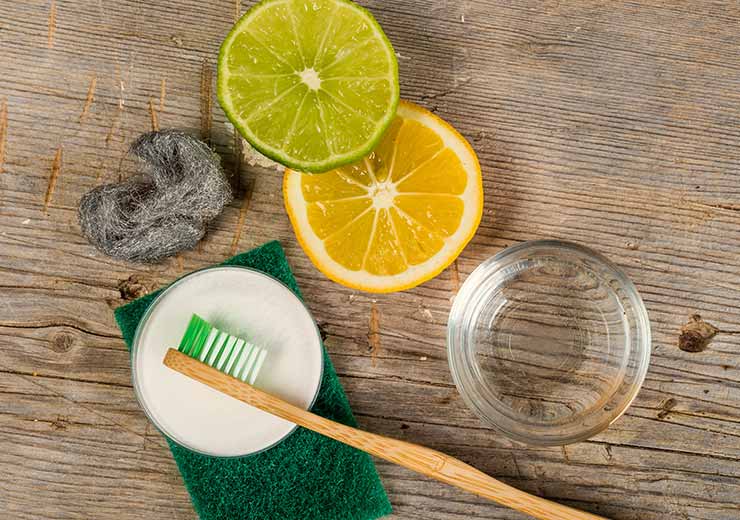Eldon & I welcome you!
Healthy Healing Home
Live healthier with natural, safe alternatives!Choose products free of harmful chemicals, sulfates, toxins, synthetic dyes,
artificial flavors, and artificial preservatives and experience the difference firsthand.

Support you and your family's health by replacing your everyday household items with natural, safe products that go beyond green to create a healthy, healing home environment.
Why Us?
We are very diligent about our protection of earth and its citizens. We hold the highest standards for our essential oil production process, bringing the world the finest products available. From the seed of the plant to the seal on the bottle, our high standards are integral with who we are.
A Healthier Household
What's not in our products is just as important as what is.Dish Soap
Plant-based dish soap that cleans your dishes without harmful chemicals or coloring.
Dishwasher Powder
A blend of essential oils and a plant based powder formula brings a safe, sparkling shine to your dishes.
Natural Toothpaste
Cleanse your teeth using a highly regarded blend of essential oils with natural ingredients, fluoride-free.
Mouthwash
This invigorating blend of essential oils freshens your breath without alcohol or artificial flavors.
Deodorant
A healthy, toxin-free choice to deodorize your body in an all-natural way without aluminum.
Shampoo
Enjoy a delightful aroma while cleansing and balancing your hair naturally.
Fruit & Veggie Spray
Safely and easily wash produce before consumption.
Hand Sanitizer
Reach for this aromatic blend of essential oils and other natural ingredients when there's not a sink nearby.
Kids Toothpaste
Keep the smiles of your little ones clean and healthy with a safe fluoride- and preservative-free formulation.
Animal Shampoo
The pets in your life can smell clean and feel fresh, too.
Bath & Shower Gel
Kick off your day with a stimulating, aromatic formulation made from the best essential oils.
Shave Cream
Shave close while moisturizing with this special formula.
Get Started
Know what you're looking for, or just want to browse?
Want a discounted bundle to quickly ditch & switch?
Experience Our Healthy, Natural Products
Enrich your life with products formulated to the highest standards of quality and purity.
Chest Rub
Learn MoreBaby Care
Learn MorePopular Product Categories

Your online health store
We are more than just the world's best essential oils. We go beyond green to help you create a healthy, healing home environment.
From effective, safe home cleaners to pet care, multivitamins to weight management, oral care to hair care, body care, and kids care, to antioxidant support and more, we offer solutions to help you live naturally.
Ordering online is fast and easy and the product ships right to your door. We are your online store for living a healthy, toxin-free lifestyle.
Place an Order















